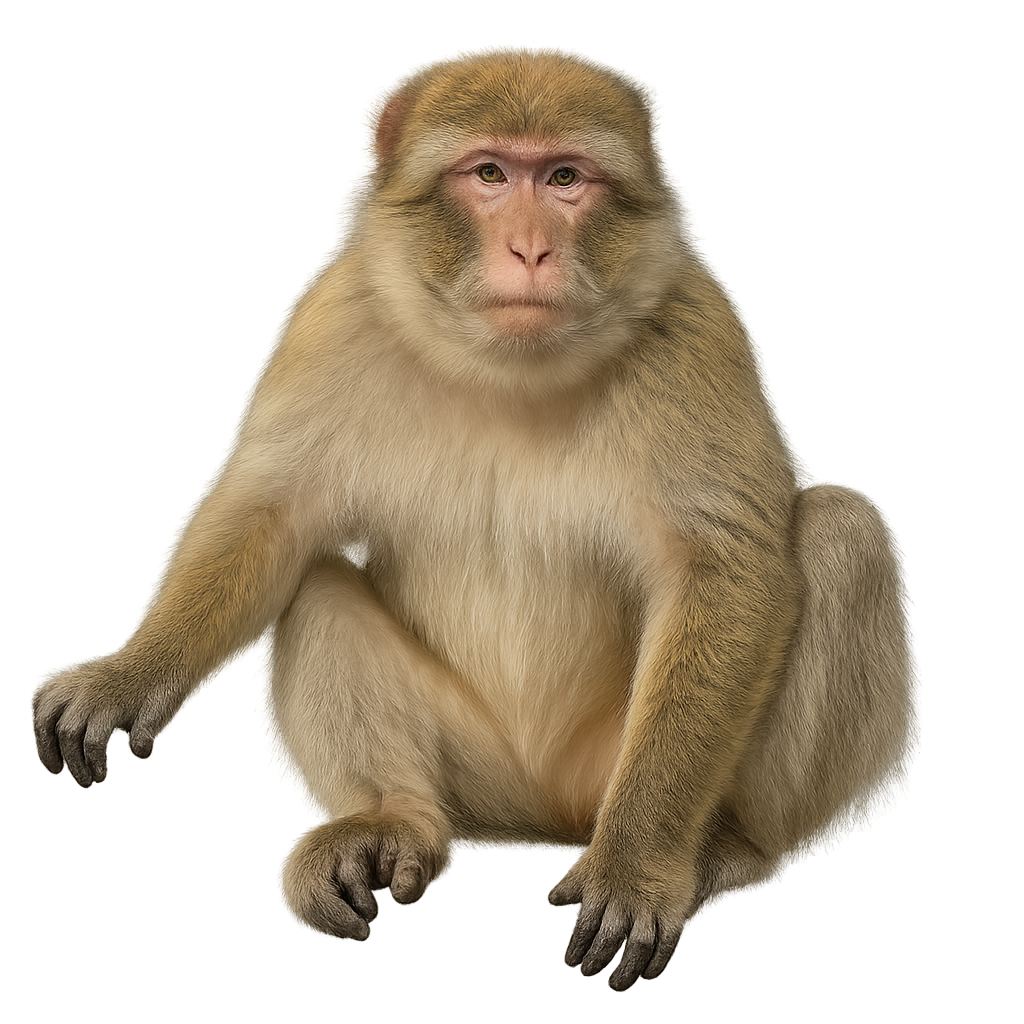Your wildlife photography guide.
Explore the barbary macaque in detail, study its behavior, prepare your shots.
Where to observe and photograph the barbary macaque in the wild
Learn where and when to spot the barbary macaque in the wild, how to identify the species based on distinctive features, and what natural environments it inhabits. The WildlifePhotographer app offers tailored photography tips that reflect the barbary macaque’s behavior, helping you capture better wildlife images. Explore the full species profile for key information including description, habitat, active periods, and approach techniques.
Barbary macaque
Scientific name: Macaca sylvanus

IUCN Status: Endangered
Family: CERCOPITHECIDAE
Group: Mammals
Sensitivity to human approach: Tolerant
Minimum approach distance: 20 m
Rut period: October to November
Gestation: 160-170 jours
Births: March to April
Habitat:
Atlas cedar forests, scrubland and rocky slopes
Activity period :
Primarily active during the day, with peak activity in the morning and late afternoon.
Identification and description:
The Barbary macaque is a large Old World monkey, measuring 55–75 cm in body length and weighing 10–18 kg, with greyish-brown fur and a paler crown. Endemic to the Atlas Mountains of Morocco and Algeria, it inhabits cedar forests, scrub and rocky slopes, feeding on fruits, leaves and insects. Social and matriarchal, it lives in family groups where males uniquely assist in infant care. During the breeding season (01.11-31.03), males display dominance through chest-posturing and vocal calls.
Recommended lens:
300 mm – adjust based on distance, desired framing (portrait or habitat), and approach conditions.
Photography tips:
Photograph Barbary macaques in cedar forests at dawn or late afternoon using a telephoto lens of ≥300 mm from a concealed hide. Position low to isolate the subject against branches and rocks, use a fast shutter speed (≥1/1000 s) and continuous autofocus to track movements, and move slowly to avoid startling them. Maintain at least 20 m distance to minimize stress.
The WildlifePhotographer App is coming soon!
Be the first to explore the best nature spots, track rutting seasons, log your observations, and observe more wildlife.
Already 1 430 wildlife lovers subscribed worldwide

